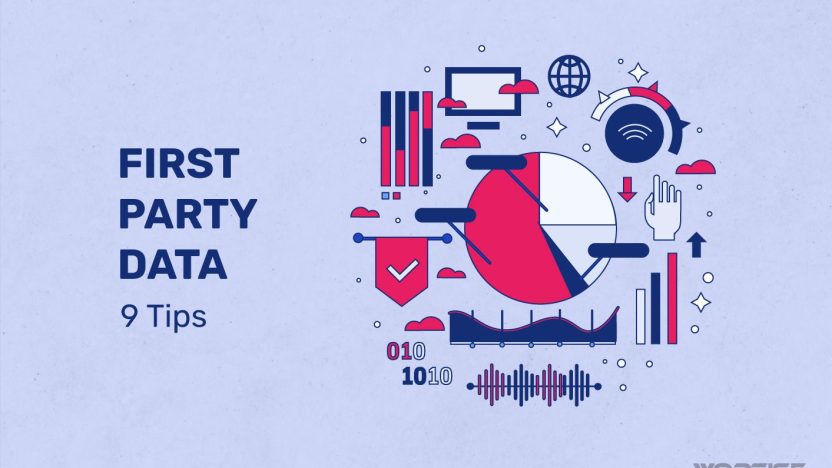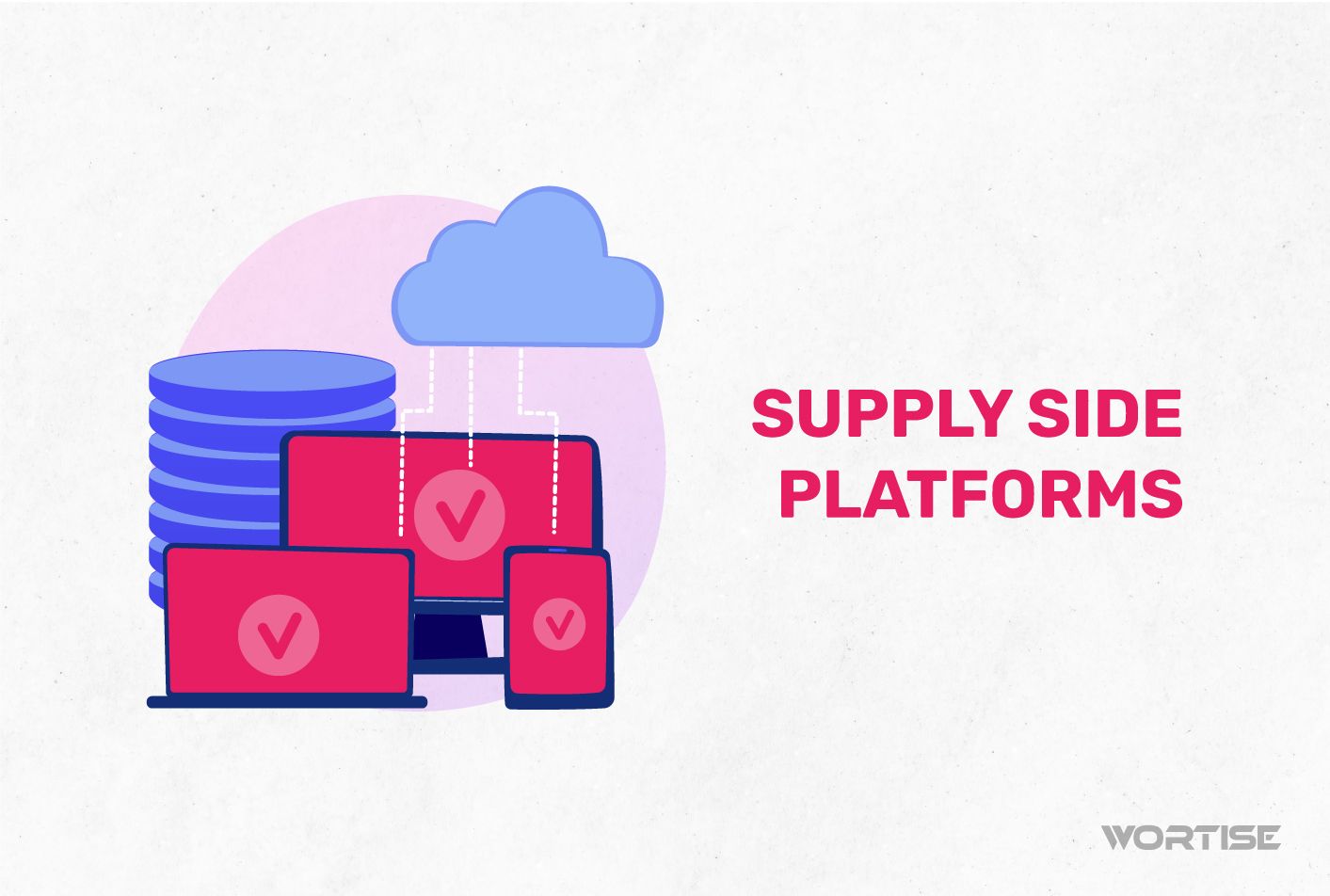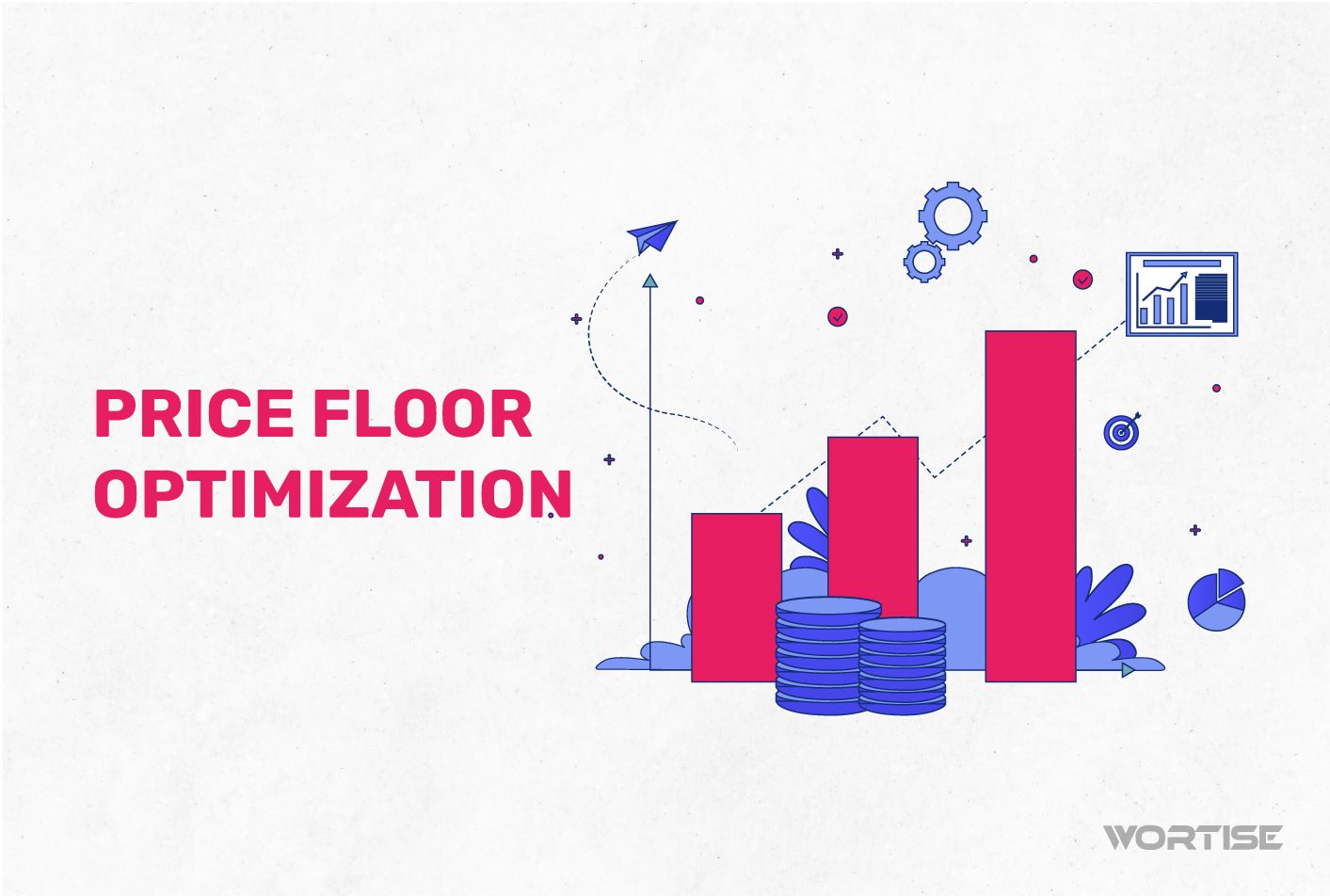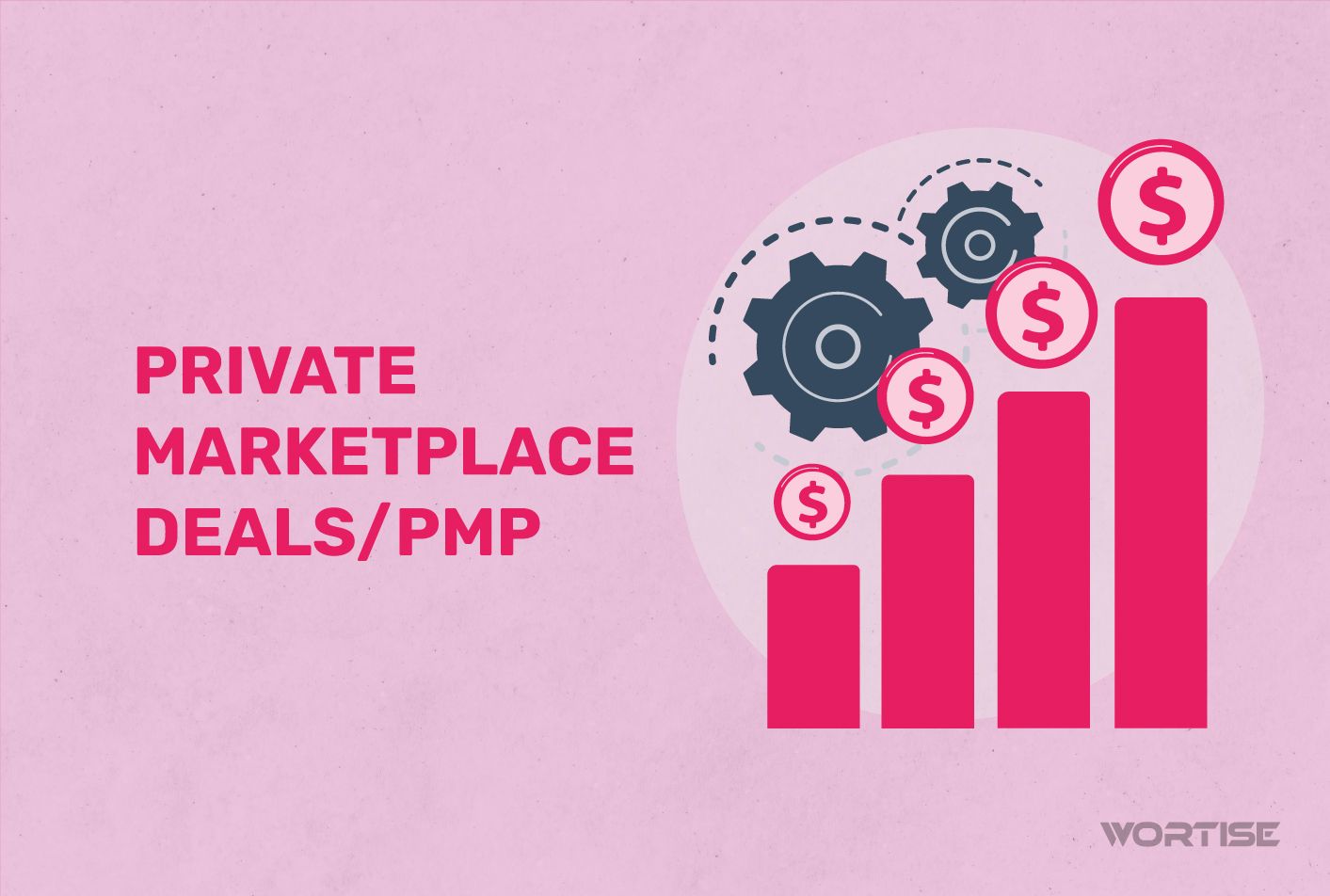If you want to blindly increase your app revenue, you are destined to fail. You need to work with accurate and reliable data, and if it comes from a first-hand source, even better. That’s why everyone is now turning to First-Party Data, a valuable tool for designing monetization strategies.
You can benefit from this instrument to increase your income, enhance your reputation, and solidify your plans as a publisher. If you are in the world of programmatic advertising, your ultimate goal is to achieve the best profit margin.
First-Party Data reigns in the new cookieless era
Where does the information you use to evaluate and design your strategies come from? Most likely, it’s data obtained from other digital players. In some cases, you exchange data with other companies to better understand the audience you want to reach. This is known as second-party data.
In other cases, you may characterize your potential users through data provider companies. They have valuable information with precise segmentation criteria, ideal for designing strategies that closely match reality. In this case, you work with third-party data.
Undoubtedly, the results obtained through these sources have worked so far. However, the main cost has been paid by the users themselves, who demand that their data be protected, and their privacy respected. In the case of the European Union (EU), this demand led to tools like the General Data Protection Regulation (GDPR).
In the field of programmatic advertising, the challenge involves a radical change, which means the end of using resources like cookies.
Challenges of a new era
Permanently eliminating cookies, files that allow you to know a user’s habits in the digital world, requires adapting progressively to a new scenario. Browsers like Opera no longer support this resource, while Chrome is preparing to bid farewell to cookies in 2024.
But what impact does this have on your plans, dear publisher? Like the rest of the players in the programmatic advertising ecosystem, you are moving towards a scenario that prioritizes information that can be obtained directly from your application, provided consensually by your own community. This is known as first-party data.
With the use of this resource, the criteria for buying ad inventory also change. Instead of serving ads based on users’ habits, the characteristics and content of the application become more relevant.
Why does first-party data offer accurate and reliable information?
First-party data comes from the platforms that a company directly manages. In the case of advertisers, the sources are diverse: their social networks, website, CRM, among others. In your case, you obtain data directly from your own application.
Through your development, you can directly obtain basic information from your users, such as their age, gender, and geolocation. Also, it is straightforward to determine their likes and preferences based on their usage habits. It’s a perfect X-ray because it is not mediated by third parties and is a product of direct contact.
For this reason, first-party data is an extraordinary compass for designing monetization plans, especially if your goal is to increase your app revenue. This is known by big brands. According to a study by the consulting firm Deloitte, around 61% of fast-growing companies are working with their own data.
Multiple mechanisms for direct contact
Believe it or not, you have multiple ways to get to know your users. One of them is their behavior in your app. This includes peak usage times, most used functionalities, and frequency of app usage.
Also, subscription to specific services offered through your application, interaction with content, and purchasing patterns all constitute first-party data. Additionally, multi-platform data, i.e., the behavior of users across websites, social media, and applications, also falls under first-party data.
Navigating with your data without perishing in the attempt
At this point, you should see your app as a gold mine. However, you won’t make a profit unless you first consider how to leverage the information it provides. And if you want to monetize, having a strategy is vital.
Fortunately, in programmatic advertising, there are allies for your purposes, such as ad exchange networks. If you are already in one or considering joining, it’s time to evaluate which data sources they use.
First and foremost, make sure they actually work with first-party data. As it provides more accurate data, you are guaranteed that the placement of your ads will be much more effective, as you’ll be close to advertisers aligned with your user community. What does this translate into? More possibilities for interaction with the creatives and, therefore, higher app revenue.
Secondly, consider who will analyze the data generated by your application. At Wortise, for example, we directly handle the analysis of first-party data to advance in the design of monetization strategies for publishers.
By evaluating these variables, you are safeguarding your plans to increase your app revenue. You have a sufficiently clear picture to act, offer a personalized experience to your user community, and, therefore, achieve better results.
These are the 9 Benefits of First-Party Data to Increase App Revenue
Combining first-party data with strategies that prioritize personalization seems to be the path to increasing your application’s revenue. Initially, it is the greatest advantage of the new times in programmatic advertising, but the benefits are much more extensive.
The possibilities for growth come in two directions. Internally, the options for strengthening your development expand. Externally, you will have more tools to connect with advertisers who contribute to increasing your app revenue.
#1 Cost savings in information processing
Although third-party data provides useful information, it has a downside: you need to allocate part of your budget to access it. By using the data directly generated by your platform, you can save these resources. According to Rebold, this mechanism results in a 30% cost savings, which is not negligible for your company’s operations.
#2 More effective segmentation
By working with data obtained directly from your application and other associated platforms, you can better segment your app users. You will know where they are, what their habits are, their ages, and other key data to guide your strategies.
This information is crucial for designing truly effective monetization plans. Advertisers will have a much clearer understanding of the possibilities of connecting with specific audiences through your development.
#3 Improved user experience in your application
By having clear coordinates on the behavior of your app users, you can offer them personalized experiences. This will not only foster loyalty within your community but also attract new users.
All of this contributes to a crucial value in programmatic advertising: your reputation. The more prestige your app gains, the more attractive it will be to advertisers offering higher earnings.
In terms of programmatic advertising, you will have a more accurate criterion for designing your ad inventory while better managing your ad space. This opens the way to a greater number of effective impressions.
#4 In tune with contextual advertising
First-party data is fundamental to the success of contextual advertising. Both provide a different experience to the user. Instead of serving ads based on their habits, the priority is to provide relevant creatives according to the nature of the application.
This modality of programmatic advertising is beneficial for advertisers because it guarantees an effective Return on Investment (ROI), and for you because you can report a better Cost per Thousand Impressions (eCPM). The reason? Advertising is not perceived as intrusive.
And if that doesn’t convince you, here’s a plus: first-party data facilitates retargeting. This way, users who already interacted with the ads can be re-engaged without the need to resort to cookies.
#5 Obtaining information while respecting user privacy
Depending on the region in which you operate, access to data will have legal conditions that you must respect. In this scenario, the data you directly obtain from your application is a valuable resource for knowing your community without violating regulations.
In this context, users are the ones directly contributing the data. Part of this information comes from actions like registering in the application, and the other comes from the activity they choose to engage in within your development. Ultimately, they have control over this data.
#6 Receiving high-quality data
Coming from the platforms you directly manage, the data is relevant and reliable. Through this data, users are speaking directly to you: they tell you what interests them, how they interact with your application, and which features they use the most.
This direct dialogue minimizes any distortion in the information you obtain and allows you to effectively characterize your audience’s behavior. You will have a clear and precise X-ray of those who use your app.
#7 Designing and adjusting monetization strategies more effectively
Having a clear picture of what happens with your app allows you to know what works and what doesn’t. When it comes to monetization, you have your feet on the ground: you can determine the most suitable ad formats, the best-performing spaces in your application, and the most relevant content.
At the same time, you have real-time evaluation of the performance of your strategies. And if you use ad exchange networks that work with first-party data, you will make timely and effective decisions to stay on track.
#8 Reporting a higher number of conversions
When you offer an ad in the right context to the right person, it is much more likely that they will interact with it. It’s about providing relevant advertising content that increases the chances of the user taking an expected action, such as subscribing to a service or downloading an application.
How can you achieve this? Through first-party data, ad exchange networks can effectively connect with advertisers aligned with your application. For this, they will consider not only the type of content you offer but also the segmentation of your community.
This results in an increase in your app revenue, regardless of the payment model you have agreed upon with the advertiser. Whether it’s eCPM or Cost per Click, the possibilities of monetizing with these models are much higher.
#9 Increasing the possibilities of connecting with premium advertisers
For a perfect monetization plan, it’s not enough to have the best ad inventory. It must also focus on prestigious brands that can provide you with significant app revenue.
By using first-party data, you can reach them because you offer precise information about the type of audience they can reach through your application. You know what else? Major brands are already working with first-party data, so you’ll be in line with them.
What are you waiting for to increase your app revenue with first-party data? At Wortise, we know how to take your strategies to the next level
Dear publisher, if you need a team to help you adapt to the new scenario of programmatic advertising, our team is ready to assist you. We work with first-party data. By integrating our SDK into your application, we will collect and analyze the information to design the most convenient monetization plan for your earnings.
At Wortise, we help you increase your earnings as a publisher with our advanced ad network platform with more than 100 Ad Networks.
We provide personalized support, the highest eCPM in the market, and assistance with tactics to maximize your earnings.




